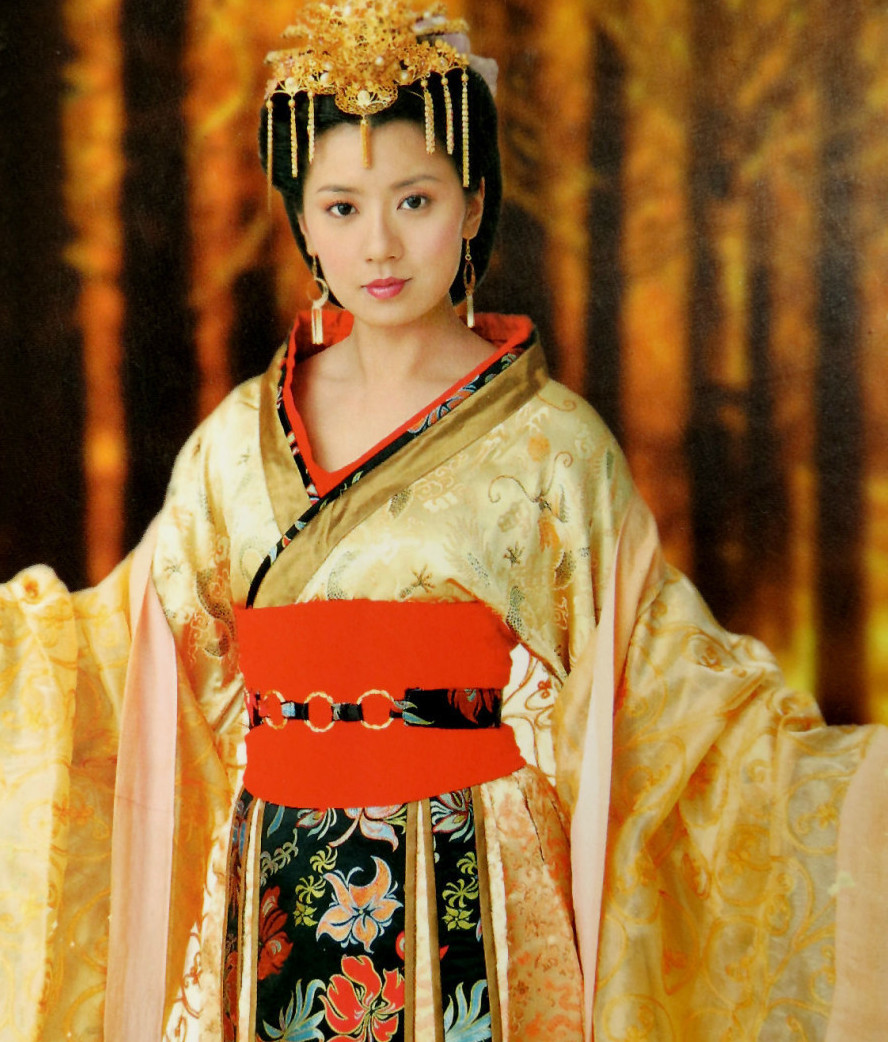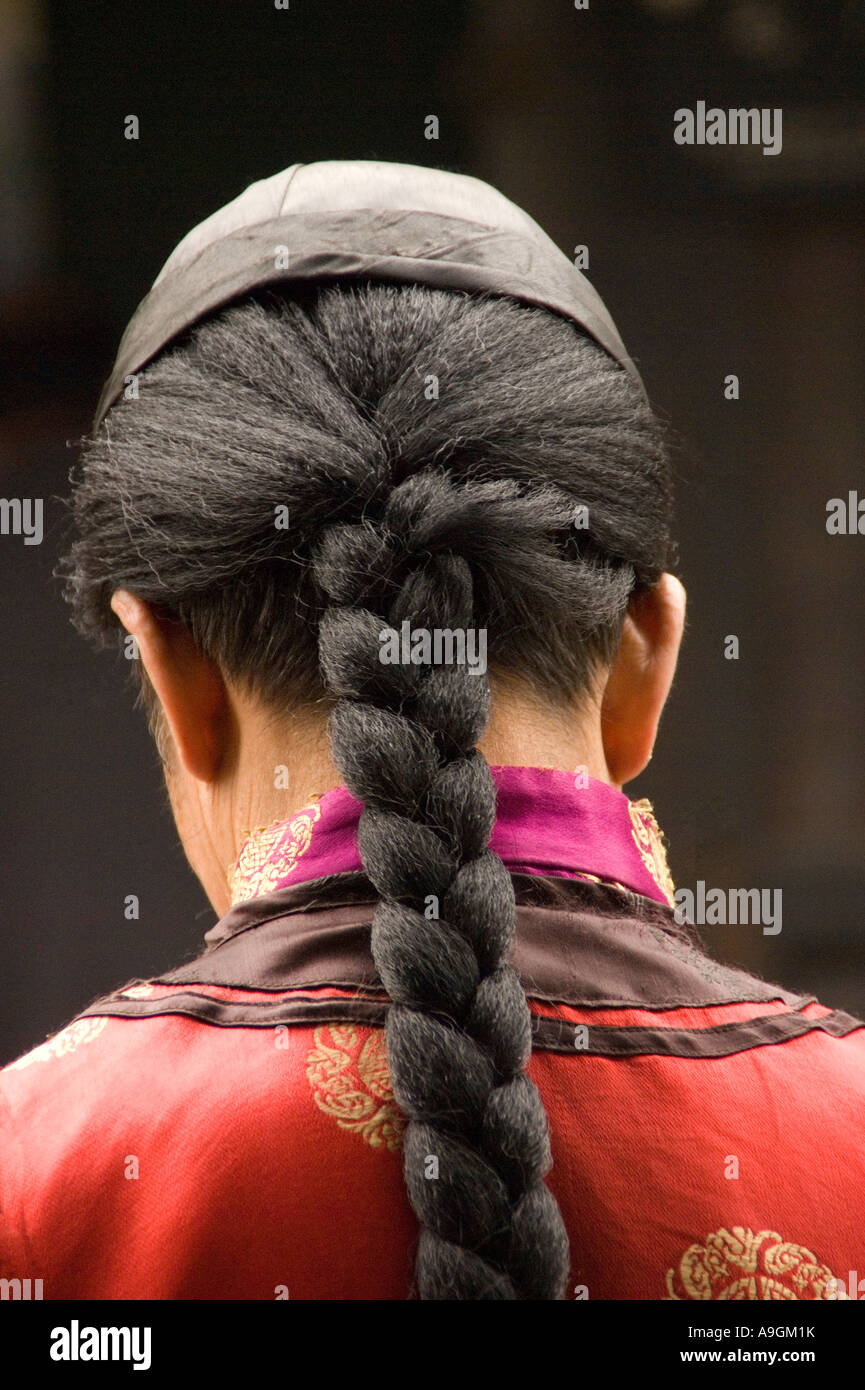
The change of clothing manifests an ethnic group's economic life, religious belief, world outlook, ideology, aesthetic consciousness, customs, and its course of development. People usually are attired in special way on such occasions as festivals, wedding, religious, and funeral ceremonies, and other important activities. Dresses are the important symbols of the ethnic group identification and the blood lineage of China's minority groups. Due to the impact of the complicated geography and climate, the clothing of the minority ethnic groups in southern China is richer in variety and more colorful than that of the minority groups in the north. Roughly speaking, the loose gown and long robe worn by the people of the minority tribes in northern China are straightforward and the long skirt and pants worn by the people in southern China are made of fine workmanship. On the other hand, they influenced and learned from one another in the way they dresses themselves as people of various ethnic lived together or migrate.Īs a result, the dresses of various ethic groups, like their culture, share something in common while they have their own ethnic, regional, and traditional features as well as traces of merge and transformation, forming a brilliant feature, colorful clothing culture of the Chinese. From the Zhou Dynasty to the elimination of the feudal society in China, emperors, empresses, imperial concubines, princes, princesses, officials, and common people were attired in different ways.Ĭhinese clothing in the past dynasties can be roughly divided into the following categories: clothing of the remote times that of the Shang and Zhou Dynasties that of the Qin and Han Dynasties that of the Wei, Jin, and Northern and Southern Dynasties that of the Sui,Tang, and the Five Dynasties that of the Song Dynasty that of the Liao, Jin, and Yuan Dynasties that of the Ming Dynasty that of the Qing Dynasty and that of modern times.Ĭostumes of Ethnic Minority Groups of ChinaĬhina is a country consisting of 56 ethnic groups, and each of them has its own clothing style with distinct ethnic characteristics, due to the influence of different culture, traditions, and geographical feature.

During the Western Zhou Dynasty (1066-771BC), China virtually had a complete clothing system. After human kind entered the class society, clothing became the symbol of people's social statuses. They raised silkworms and began to weave silk clothing which made people's clothing more perfect. About 5,000 years ago, during the Yangshao Cultural Period, people lived a stable life and agriculture and textiles came into being.

They invented bone needles and sewed primitive cloths. In the Neolithic Age, the ancestors of the Chinese people were able to make tools. In the primitive society, people led a simple life in caves and generally worn nothing. Dresses in different periods reflect, to a certain extent, the situation of the politics, economy, military affairs, religions, and the civil customs of the specific historical stages. The Third Act : Chinese Qipao Dress (Cheongsam)Ĭhinese Traditional Costumes of Past DynastiesĬhina, known as a " land of dresses" , has a long history in the development of its clothing culture. The Second Act : Costumes of Minority Groups of China Spring and Autumn and the Warring States Periods(770-221BC)

The First Act: Chinese Traditional Costumes of Past Dynasties Place: ARTSCAPE Theatre Center, Cape Town With the acceleration of modernization in China, colorful costumes and adornment will decorate people's daily life with fresh images and constitute a beautiful scene in the oriental world together with the beautiful landscape. In the history, not only the costumes of different dynasties have obvious differences, but also in different periods of the same dynasty costumes had obvious changes The overall features of the costumes of Chinese Minorities are as follows: bright and jubilant in color, exquisite and fine in craft, paying much attention to detail adornment, the styles and patterns of different minorities differing sharply from each other, different existing environment, production and life style, customs, and aesthetic interests reflected in their clothing Chinese folk costumes is deeply rooted in the folk life and folk customs, with strong native hues and exuberant vitality. In China, a multiple-nationality country composed of 56 nationalities, with the integration between nationalities, the style of clothing and dressing customs keeps evolving. Traditional Costumes of Tang Dynasty (618-907 AD) From this sense, the history of costumes is also a vivid civilization development history. The appearances of costumes are the most direct and realistic reflection of styles and features of social history. Almost on the day when costumes appeared, people had integrated into costumes their social status, customs, aesthetic interests and all kinds of cultural notions.


 0 kommentar(er)
0 kommentar(er)
